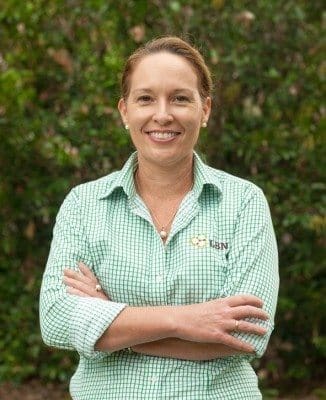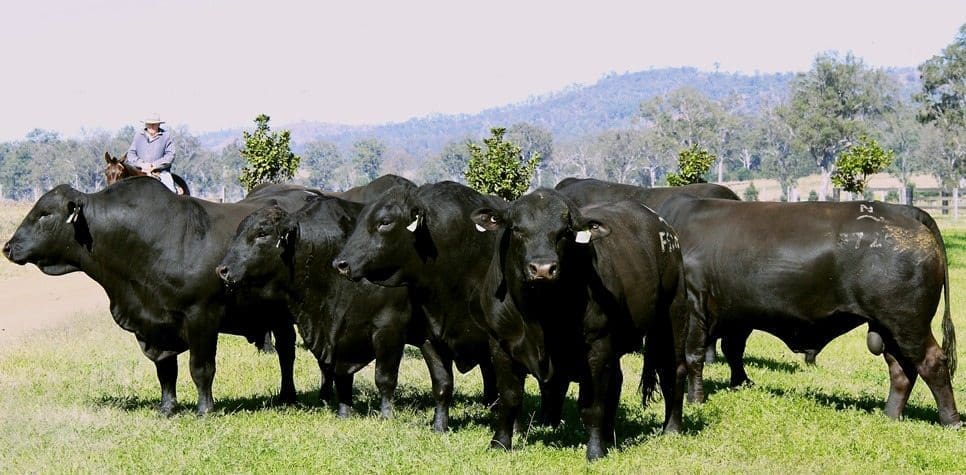FOR many beef enterprises, bulls are the only new livestock purchases made, and as such, they are one of the biggest biosecurity risks for these enterprises.

LBN’s Sarah-Jane Wilson
Replacing bulls can be an expensive undertaking without the introduction of additional problems in the form of disease, pests or weeds. Your cows will thank you for it.
Bulls must be healthy and sound, fit-for-purpose and ready for action. There are a number of measures that can be undertaken prior to sale and again after purchase, in preparation for introducing new bulls into a herd.
These simple steps will ensure that you are able to maximise the returns on your bovine investment and mitigate the risks of unwanted passengers.
National Cattle Health Declaration
Whenever the vet vaccinates dogs, cats and horses, it is common practice to sign a vaccination certificate. Even children get their vaccination books signed off after the have their needles. We use these documents not only to keep track of what vaccines have been given, but when the next lot of vaccinations are due.
When you are buying bulls, you should ask for a National Cattle Health Declaration from the vendor.
This document provides not only a vaccination certificate, but information on prior health history, treatments and disease testing that has been undertaken. It is not the same as a National Vendor Declaration (NDV or NVD/Waybill) – which is a tool that underpins Australia’s food safety reputation.
Significant losses can occur with the introduction of disease into a herd. These may be losses from reproductive disease that cause abortion and infertility (such as vibrio and pestivirus), or may have longer lasting and detrimental impacts to your enterprise (such as Johnes Disease). Requesting information on the prior health and treatment history of the bull before purchase can help manage this risk.
Cattle Council of Australia recommends the use of the National Cattle Health Declaration as a risk management tool to help mitigate the risk of introduction of disease and parasites with new livestock.
Here are some suggestions to ensure that newly arriving bulls don’t pose a biosecurity risk for your business:
- Ensure new bulls are fully vaccinated for preventable diseases before they arrive. A quarantine period of up to 28 days for all livestock arriving on your premises can reduce the risk of introducing communicable diseases and parasites into your herd.
- When new bulls arrive on your premises, give them 24-48 hours to settle in and empty out in an area that is close by and easy to monitor. If they are carrying any weed seeds on their coat or in the intestinal tract, these will mostly be dropped during this time. You can observe the bulls up-close during this period for any signs of injury, disease or ill-effect post-transport as well.
- If the bulls have not already been vaccinated, then they should be vaccinated with a 5-in-1 vaccine (or 7-in-1), vibriosis vaccine and, depending on your location, vaccines for other diseases such as three-day sickness, botulism and pestivirus. Most vaccinations will require a follow-up booster in four to six weeks if the bull was previously unvaccinated. During this time you may also want to treat the bulls for internal and external parasites.
- An emerging problem in the high rainfall regions is resistance to ‘mectin’ drenches. A simple quarantine drench with a mixture of a white (a Benzimadzole), a clear (levamisole) and a mectin will stop this becoming your problem.

Source: LBN
